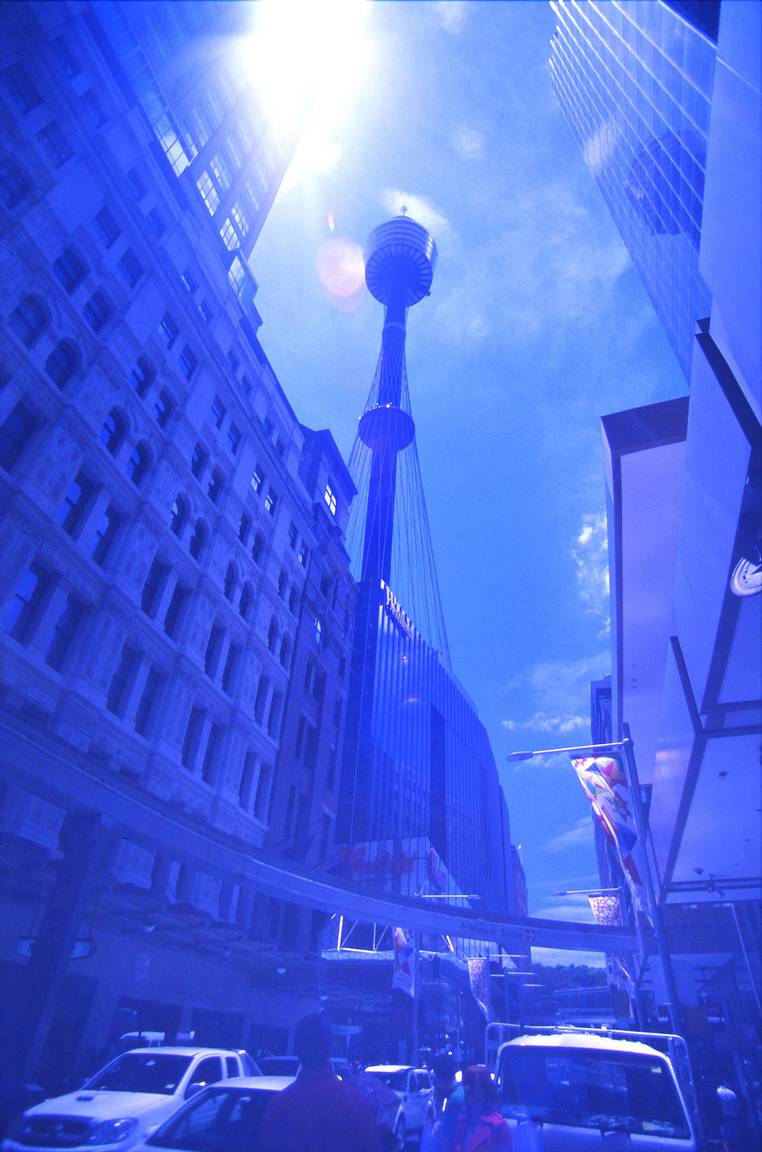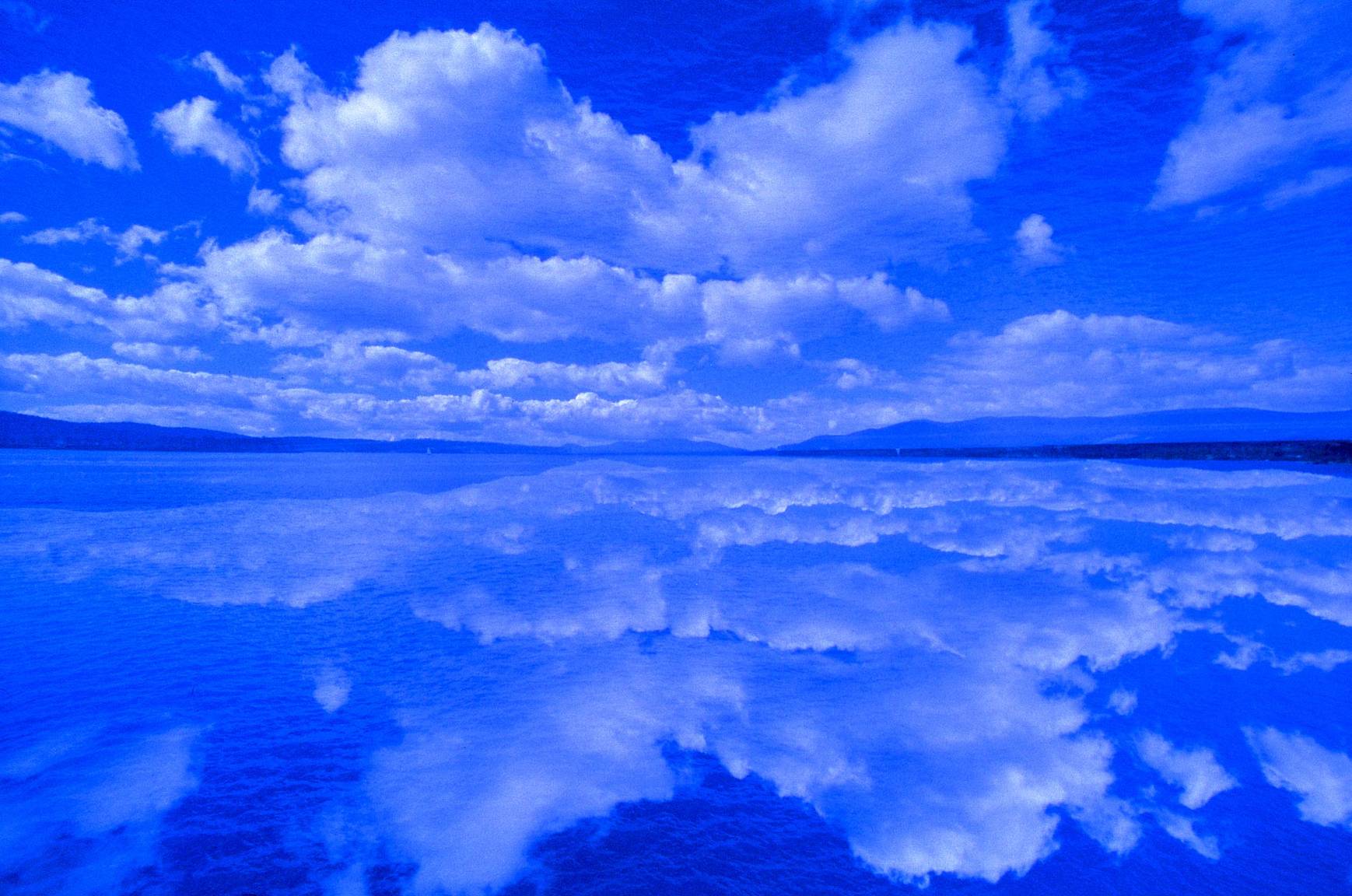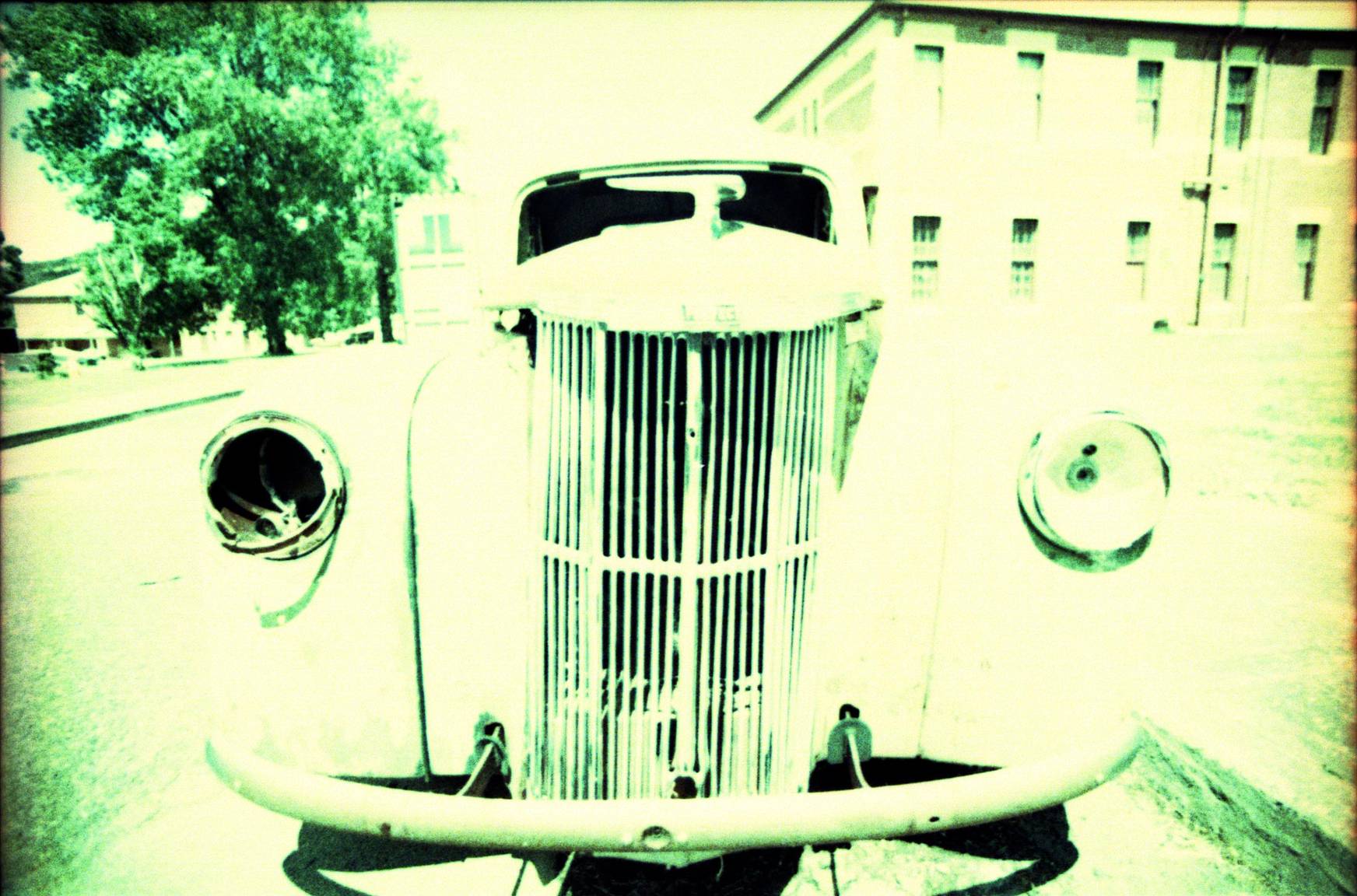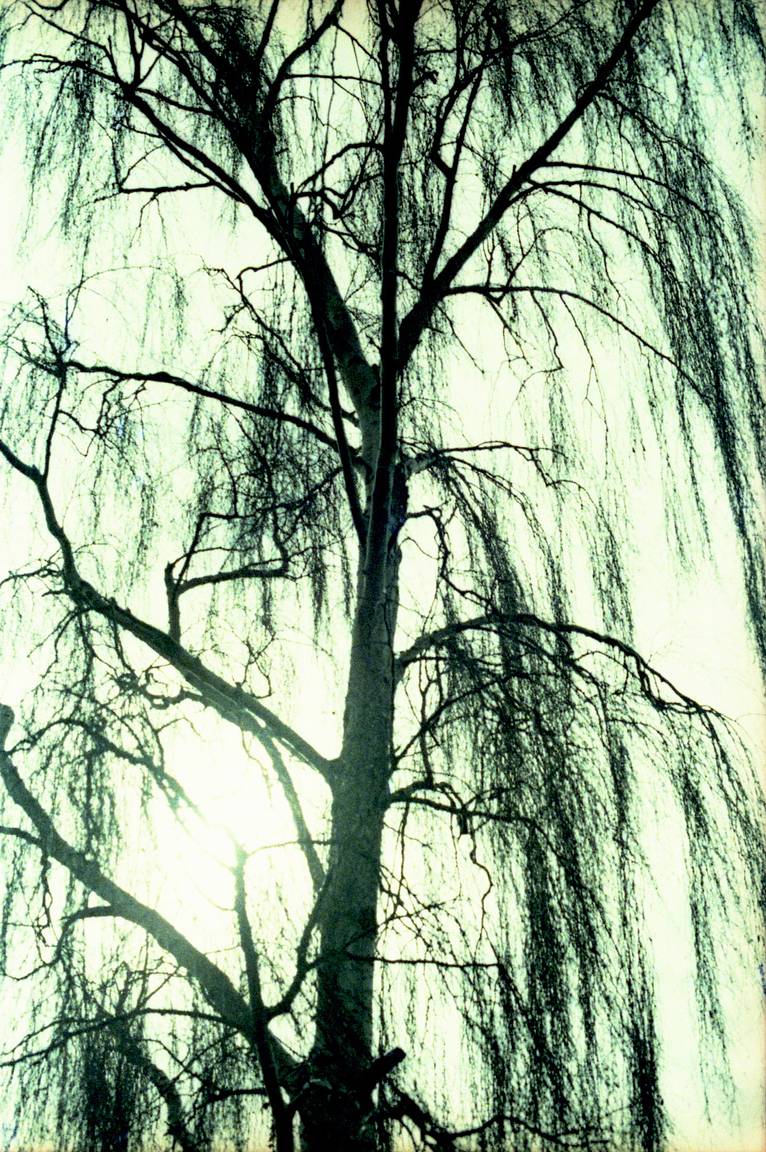Kodak Edupe (35mm, 6 ISO) Slide Duplicating Film: A Dive in a Blue World
13 18 Share TweetThis blue-toned, high saturation, fine grained slide film is normally used to duplicate slides using a slide duplicator instead of a lens. You can also use it to shoot with any camera as long as you adapt to its very low sensitivity.
After a quest for high contrast black and white, I got really curious about Kodak Edupe which seemed to be a color equivalent of the almighty Kodak Ortho Type 3. The low ISO rating of this film (from 3 to 12, according to the emulsion version) requires some precautions. Here are four ways of using this film, including one for cameras without light-meters.
Shooting at 6 ISO – E6 Processing
This is the most straightforward way of using this film. Put it in a camera which has a light meter that can go as low as 6 ISO (e.g. a Canon F1n), shoot with a large aperture and slow speed, and process in E6 normally.
Results are spectacular: there is no visible grain, colors are bursting as if they had been pushed with a photo editing software. Sometimes it is even a bit too much and your shots start looking like coming out of a flashy travel magazine. Not necessarily what I am usually looking for, but hey, every result is welcome.
There is, in general, a blue tone sometimes shifting towards pink, depending on the age of the film and the way it was processed:
Under-exposing results in very dense slides, slow to scan, with very deep blue tones:
Over-exposing gives results close to perfection. I would actually advise bracketing a bit to rate it at 3 ISO (over-exposing by one stop):
Shooting at 50 ISO – E6 Processing + 3 stops
By pushing the film during process, you can shoot it with your camera set at 50 ISO, or with any camera that doesn’t have a light-meter. A Diana or a Holga or a Horizon camera would work, just expose the films as if you were shooting a Velvia 50. To push your E6 process by 3 stops, just use the first developer for 10 minutes longer than usual. So, you’ll be rotating that drum for 17 minutes during that step…
Results are quite similar to the previous ones, sometimes close to perfection, sometimes slightly pale:
Shooting at 6 ISO – C41 X-Pro
Cross-processing the film yields greenish tones, with some yellow/orange flavor, and a big grain:
Shooting at 6 ISO – C41/E6 Hpro
Combining E6 and C41 chemicals, you can do a hybrid process, resulting in somewhat similar results as X-Pro, but paler and with sometimes a slight turquoise shift:
Kodak Edupe is quite a fantastic film, it needs a bit of effort but the results are worth it. I’ve heard it was possible to rate it at 50 ISO and cross-process it normally, without pushing. I’ll have to try one day, but I’d be happy to see some results if anyone has tried.
written by stouf on 2013-03-16 #gear #blue #review #film-review #long-exposure #c41 #color #contrast #push #saturation #e6 #lomography #xpro #processing #low-iso #edupe #duplicating #user-review #duplication



































































































































13 Comments